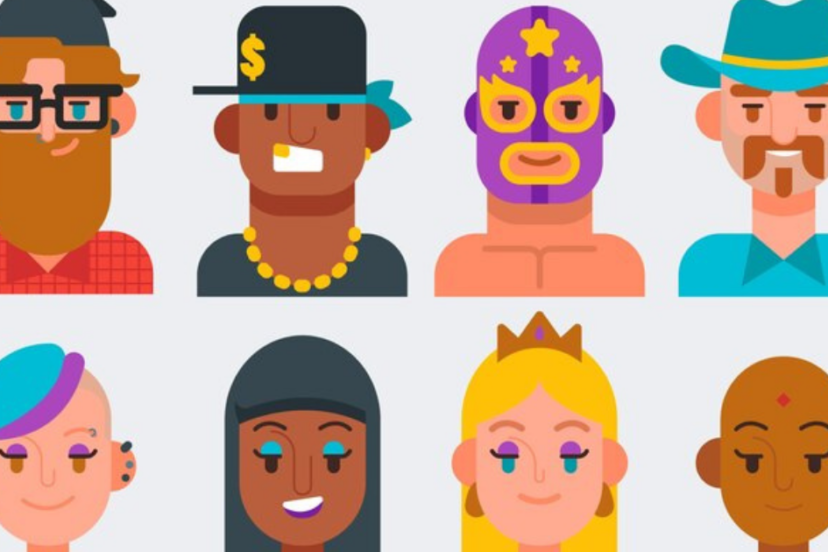What Are Robot Influencers and How Do They Impact Social Media
Online influence is changing as technology and social media become part of our daily lives. The robot influencers are a new and exciting addition to Instagram and Tiktok where we follow celebrities, content creators, and more. Yes, you read that correctly, robots are now vying for our attention and reshaping the way we engage with content on social media.
In this blog, we’ll go on an exciting adventure to discover more about this interesting development. We’ll delve into their impact on the world of marketing and authenticity. Join us as we explore the curious realm of robot influencers and the questions they raise about the future of social media influence.
What is a Robot Influencer?
A robot influencer is a relatively new phenomenon in the world of social media and digital marketing. Essentially, a robot influencer can be either of the following:
Virtual Avatar: This is a completely digital entity, often designed with sophisticated graphic design tools and presented as an “influencer” on social media platforms. These avatars can look incredibly lifelike and possess their own distinct personalities, backgrounds, and stories, even though they don’t exist in the real world. An example of this is Lil Miquela, a digital persona with millions of followers on platforms like Instagram.
Physical AI Robot: These are tangible robots, often humanoid in appearance, powered by artificial intelligence, allowing them to interact and engage with humans. These robots might have social media profiles where their experiences, interactions, or insights are shared. Sophia the Robot, created by Hanson Robotics, is a prime example. Sophia has been interviewed on various media platforms and maintains a social media presence.
The Impacts Of Robot Influencers on Social Media
1. A Fresh Marketing Avenue:
Robot influencers have provided brands with a new way to approach marketing. Unlike human influencers, robots are not bound by physical limitations, personal beliefs, or biases. This means they can represent a product or a brand continuously without the need for breaks, without personal scandals or controversies, and without changing their “mind” about a product.
2. Redefining Authenticity:
The very essence of influence is grounded in trust and authenticity. Robot influencers challenge this notion. Since they’re programmed entities, can they truly be authentic? Or are they just mirroring what their algorithms determine is best? This has sparked a significant debate on the very definition of authenticity in the digital age.
3. Economic Implications:
The rise of robotic influencers could pose a threat to human influencers in terms of job opportunities. If brands find it more economical and scandal-free to work with robot influencers, it could lead to reduced opportunities for human influencers.
4. Expanding the Digital Narrative:
Robot influencers push the boundaries of storytelling in the digital space. They often come with complex backgrounds, stories, and personalities crafted to engage and entice their followers, further blurring the lines between fiction and reality.
5. Ethical and Moral Questions:
The introduction of non-human influencers brings forth various ethical concerns. For instance, should they disclose that they’re not real to their followers? How do we treat issues of “misinformation” if a robot influencer promotes a product based on its programming and not real experience?
6. Enhanced Engagement:
Despite being artificial, robot influencers have successfully engaged audiences worldwide. Their unique existence, coupled with human-like interactions, often piques curiosity, leading to high levels of engagement and interaction from followers.
7. Setting Unrealistic Standards:
Just as human influencers can sometimes project unrealistic standards of beauty or lifestyle, robot influencers can take this a step further. Since they’re designed to perfection and don’t experience human emotions or challenges, they might project ideals that are even harder, if not impossible, for humans to attain.
8. Boosting Technological Advancements:
The popularity of robot influencers might accelerate advancements in Artificial Intelligence and related technologies. As demand grows, there could be more investment and research in this field, pushing the boundaries of what’s technologically possible.
9. Shifting Trust Dynamics:
With the entrance of robot influencers, audiences might become more skeptical. If an AI can influence human decision-making processes so effectively, who’s to say what’s genuine online? This could lead to increased trust issues on social media platforms.
Conclusion
In a world dominated by humans and robots influencers bridge technology and humans, offering a new perspective. They create new marketing opportunities and push digital boundaries. But they also raise ethical, authenticity, and human connection problems.
Whether you embrace them or remain skeptical, one thing is certain: they’re here to stay, and they’re redefining the digital frontier.
FAQs
Are robot influencers real robots? Not necessarily. Some, like Sophia, are physical robots, while others, like Lil Miquela, are entirely virtual.
Can robot influencers have genuine emotions? No, they simulate emotions based on algorithms and programming.
Why would brands prefer robot influencers over humans? They offer a unique perspective, are free from potential human-related controversies, and can be available 24/7.
Is there a risk of robot influencers replacing human influencers? While they offer unique advantages, human influencers provide authenticity and genuine experiences that are irreplaceable.
Do robot influencers have their own social media accounts? Yes, many have their dedicated profiles on platforms like Instagram, Twitter, and even YouTube.




